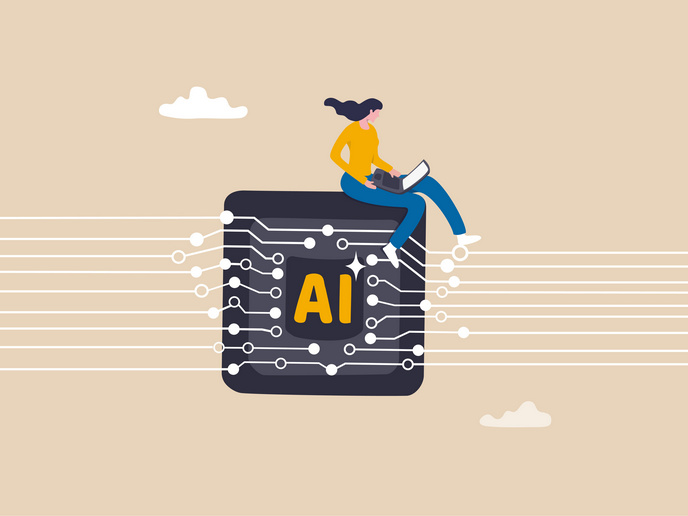Using data to understand – and predict – fashion trends
In the cut-throat fashion industry, the key to staying ahead of the competition is being able to understand customer needs and predict future trends. Now, thanks to big data, fashion retailers can do this better than ever. “Even having a complete record of past purchases is not enough to fully understand how items from a product catalogue align with a customer’s general tastes,” says Alessandro Checco, a researcher at the University of Sheffield. “From a business perspective, any efficiency gains in supplier management and shipping and handling are minor compared to the gains one could obtain from better understanding customer personalities and habits.” To help retailers ‘get inside the customer’s head’, the EU-funded FashionBrain project is turning to technology and big data.
Data and machine learning
The project set out to improve the fashion industry’s value chain by developing innovative new shopping experiences, helping retailers identify and track influencers, and predicting upcoming fashion trends. To do this, researchers consolidated and extended existing technologies in the areas of: database management; data mining; machine learning; image processing; information retrieval; and crowdsourcing. “To start, we gathered and combined the sheer amount of data generated by different players in the fashion industry. We involved manufacturers and distribution networks, online shops, large retailers, social media platforms, call centres and the fashion media,” explains Checco. “This data was then curated, analysed and used as input for our machine learning algorithms.” From this work came several important tools and solutions. Take for example FaBIAM, an integrated infrastructure for storing, managing and processing heterogeneous fashion data. The project also developed a state-of-the-art library for natural language processing (NLP), called Flair. NLP is a field focused on programming computers to process and analyse large amounts of natural language data. “Flair represents a novel approach to addressing such fundamental NLP tasks as syntactic and semantic analysis,” adds Checco. “During the project, we demonstrated that this approach outperforms all existing methods by a significant margin and is available as an open source.” Other important outcomes include an end-to-end text-to-image search function, a fashion influencer discovery tool, and a method for predicting fashion trends (PredTS).
Already benefitting companies
According to Checco, these tools benefit retailers by enabling novel services that improve a customer’s shopping experience and boost brand loyalty. “For example, a customer will be able to receive personalised recommendations and perform advanced fashion item searches by image, complex textual description, etc.,” he says. “At the same time, a retailer can compose a marketing story about a product that fits the customer’s taste instead of merely showing them an item and its price.” But these aren’t just theories, as FashionBrain’s tools are benefitting companies now. For example, Zalando has seen a measurable increase in revenue per customer thanks to its use of Flair. Analytics provider MonetDB Solutions not only doubled its size, it also received new investments and acquired several new customers – including publicly listed multinationals.
Keywords
FashionBrain, data, fashion, fashion trends, technology, big data, fashion retailers, fashion industry, data mining, machine learning, natural language processing, Zalando







